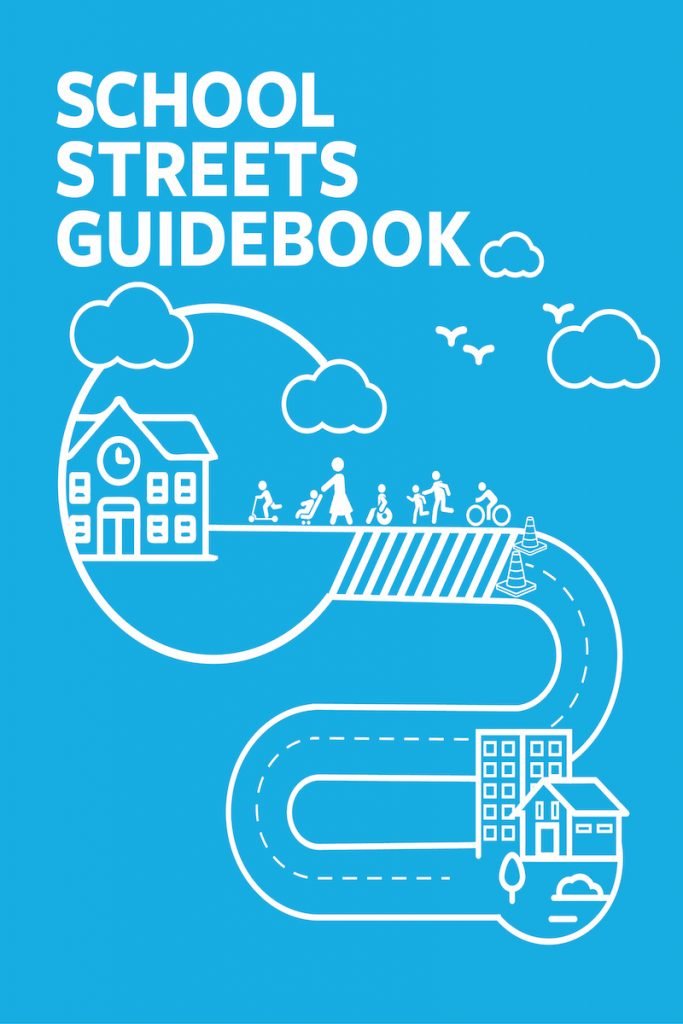Project Objective
To provide information and resources to help community leaders, school officials, and municipal and regional government representatives to develop and deliver School Streets programs.
Info / Share
- Date: 2019
- City: Victoria, BC
- Partners: Capital Regional District of British Columbia and the City of Victoria
School Streets programs create a car-free environment in front of schools at the start and end of the school day to prioritize safe walking conditions for children, their caregivers and teachers, creating a safe and clean environment to foster active transportation. School Streets temporarily close the street in front of schools to cars and open them to people to walk or wheel to and from school.

School Streets originated in Europe as a solution to traffic congestion during pick-up and drop-off times at schools. At many schools, pick-up and drop-off times involve unique traffic challenges and often put children at risk. By restricting vehicular traffic during these peak times, School Streets have been shown to create safer environments, facilitate active and independent mobility, improve air quality, encourage healthier lifestyles, reduce congestion, and shape opportunities for community connections.

Leading from the success School Streets have had abroad, there is a growing appetite to apply the program broadly. The School Streets Guidebook was developed with the Capital Regional District of British Columbia and the City of Victoria to further communicate what School Streets are and how they can be applied locally.





